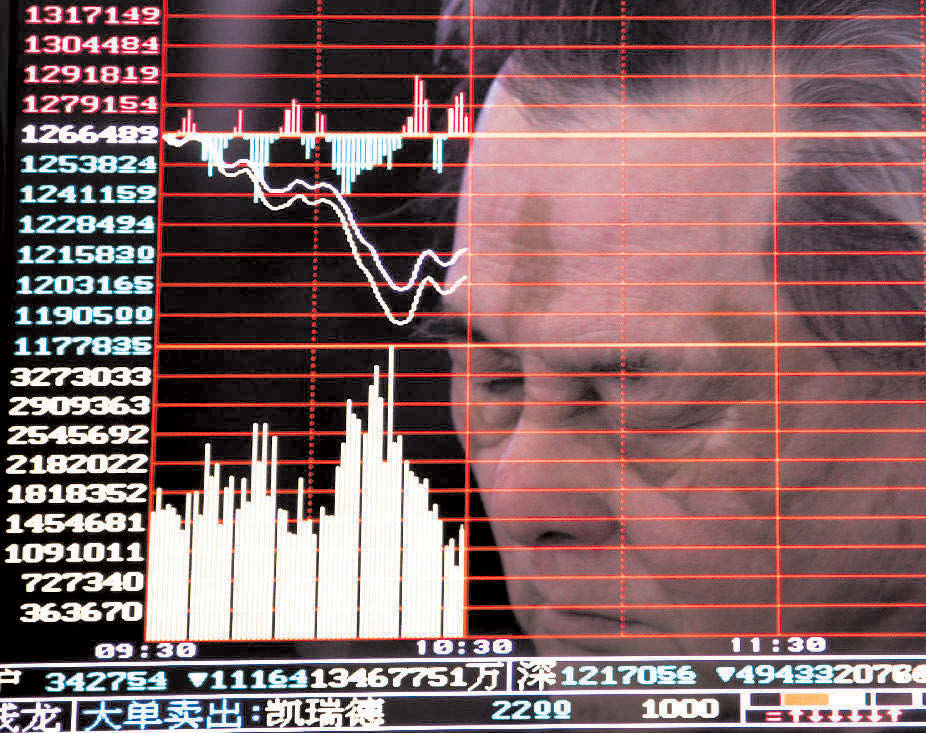
BEIJING: China‘s stock market lurched lower again on Monday, triggering “circuit breakers” that halted trading. The slump was the latest episode in months of turmoil for Chinese investors.
China’s market benchmark soared 150 per cent between November 2014 and early June
2015, as cheerleading in the state press encouraged inexperienced investors into the market. The Shanghai Composite Index hit its peak June 12 and then fell 30 per cent. A panicked government slashed interest rates and bought shares to halt the slide. Beijing gradually withdrew emergency measures starting in September as prices tentatively stabilized.
The biggest one-day declines since June and government responses:
- — June 26: The benchmark Shanghai Composite Index falls 7.4 per cent as part of a slide triggered by investor concern a change in bank regulations is aimed at limiting credit to finance trading.
- — June 27: Beijing cuts interest rates for a fourth time since November to reassure investors of official support for the market.
- — June 29: The government announces its main pension fund for civil servants will be allowed for the first time to invest in stocks.
- — July 1: Mainland China’s two stock exchanges in Shanghai and Shenzhen cut trading fees by 30 per cent.
- — July 3-5: Regulators cancel initial public stock offerings in response to fears of too little demand. Authorities pour more money into a state-owned fund that finances stock trading. Brokerages create a 120 billion yuan ($19 billion) fund to buy shares.
- — July 8: Regulators announce insurance companies will be allowed to invest more in stocks. Brokerages expand their stock-buying fund. An arm of China’s sovereign wealth fund says it will buy shares.
- — July 27: After more than 1,000 companies suspend trading in their shares, the Shanghai Composite Index falls 8.5 per cent despite a government ban on sales by major shareholders.
- — August 19: The Shanghai index declines 5 per cent but rebounds in the last minutes of trading to close up 1.2 per cent in what analysts say might have been the last major government intervention.
- August 24: The Shanghai benchmark falls 8.5 per cent in its biggest one-day loss in eight years. It ends down 38 per cent from its June 12 peak.
- August 25: The Shanghai index loses 7.6 per cent to hit an eight-month low. Beijing cuts interest rates for a fifth time in nine months.
- January 4: The index loses 6.9 per cent in its first trading day of 2016. Trading is halted for the day after a broad market index, the CSI 300, falls 7 per cent by early afternoon, triggering a newly enacted “circuit breaker” on its first day of operation.





Be the first to comment